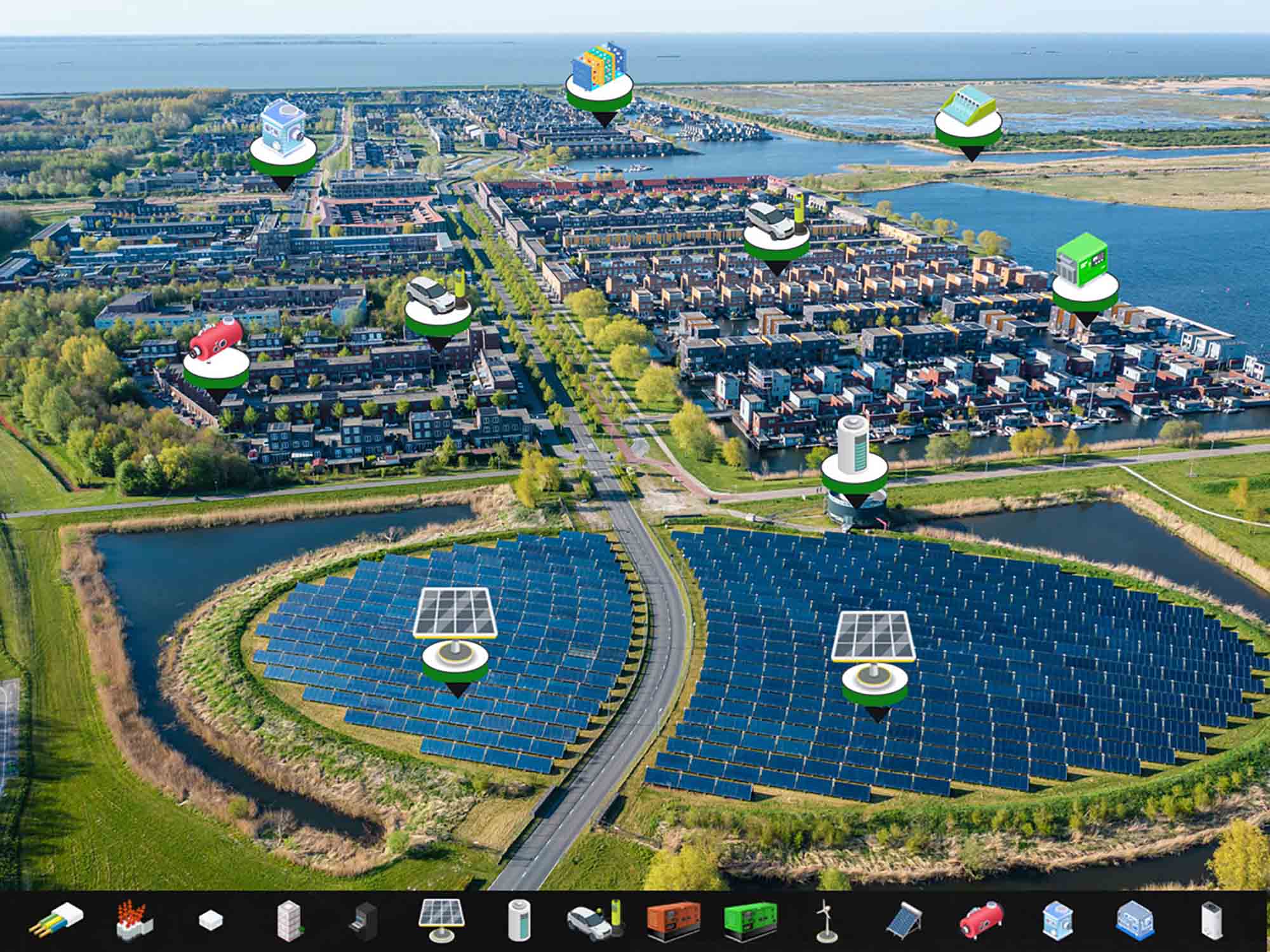Xendee is an award-winning software platform built to integrate the feasibility analysis, detailed engineering, and operation of Distributed Energy Resources (DER) and EV charging infrastructure. This includes the ability to rapidly model EV infrastructure for fleet owners, complex energy systems with up to 25 unique types of DER technologies, multi-node installations like at military bases, and operate either connected to the grid or completely islanded.
Xendee’s techno-economic optimization algorithm can then generate an ideal investment solution and operation schedule to meet organizational goals. These goals include reducing costs, cutting CO2 emissions, and increasing resilience.
Interview with Michael Stadler, Co-Founder & CTO of Xendee.
Easy Engineering: What are the main areas of activity of the company?
Michael Stadler: Xendee provides a software platform for the design and operation of EV charging infrastructure and Distributed Energy Resources. This includes both high-level feasibility analysis and detailed engineering design.

E.E: What’s the news about new products?
M.S: Xendee released a new offering called MOBILITY that enables firms to rapidly design EV charging infrastructure along with supporting Distributed Energy Resources. With this offering, developers, engineering firms, and EPCs will be able to model EV charging stations for predictable returns and factor in site-specific properties like changing EV loads, time-of-use charges, demand charges, localized incentives, EV specific tariffs and building load tariffs on the same site.
E.E: What are the ranges of products?
M.S: Our end-to-end software platform includes the following:
DISCOVER: To analyze a portfolio of potential sites for EV chargers or microgrids, and to identify and rank order the best potential sites.
MOBILITY: Model optimal EV charging infrastructure that factors for all critical variables that can impact ROI and reliability.
DESIGN: To do the detailed engineering design of DER and microgrids, including power and thermal flow together with financial constraints
OPERATE: a plug-and-play DER and microgrid controller. The same algorithm and features used in DESIGN will carry through to OPERATE, ensuring you realize projected savings.
E.E: At what stage is the market where you are currently active?
M.S: The clean energy and microgrid markets are rapidly evolving and new technologies are continually emerging.

E.E: What can you tell us about market trends?
M.S: EV Charging infrastructure support through government grants, policies, and incentives are driving the EV market. Currently, most EV chargers are connected to the utility grid, which is not the best long-term solution due to very slow utility interconnection approval processes. Being 100% reliant on the utility is also problematic because of increasing costs due to demand charges. We see more interest in supporting technology such as microgrids, and Distributed Energy Resources (DERs), to bring the costs and project implementation times down.
E.E: What estimations do you have for 2023?
M.S: Due to the government incentive trends mentioned above, in 2023 the main focus will be on increasing EV infrastructure. Electricity prices will continue to get higher and higher making this an immediate issue that must be solved for.

